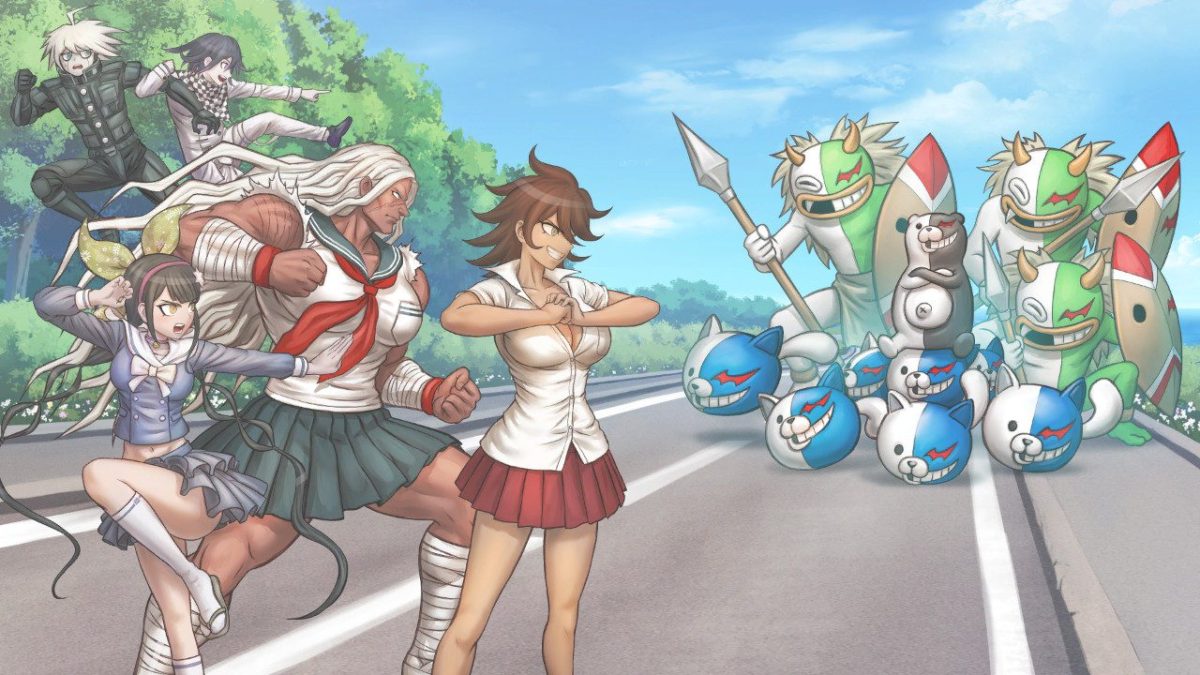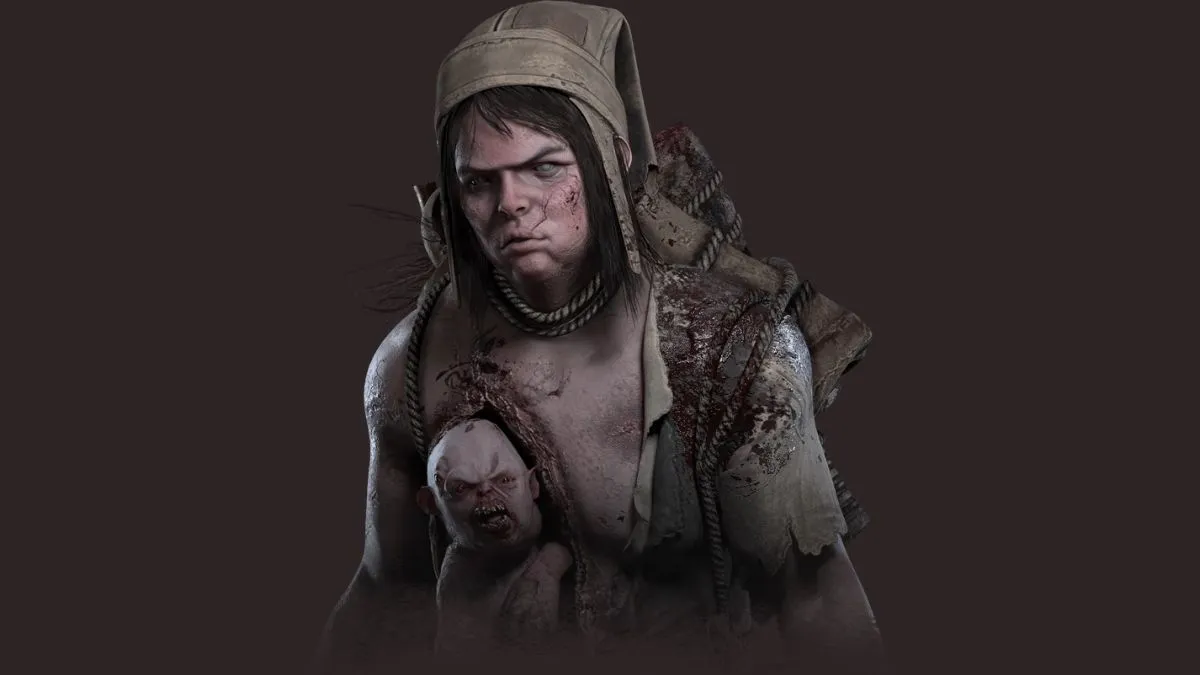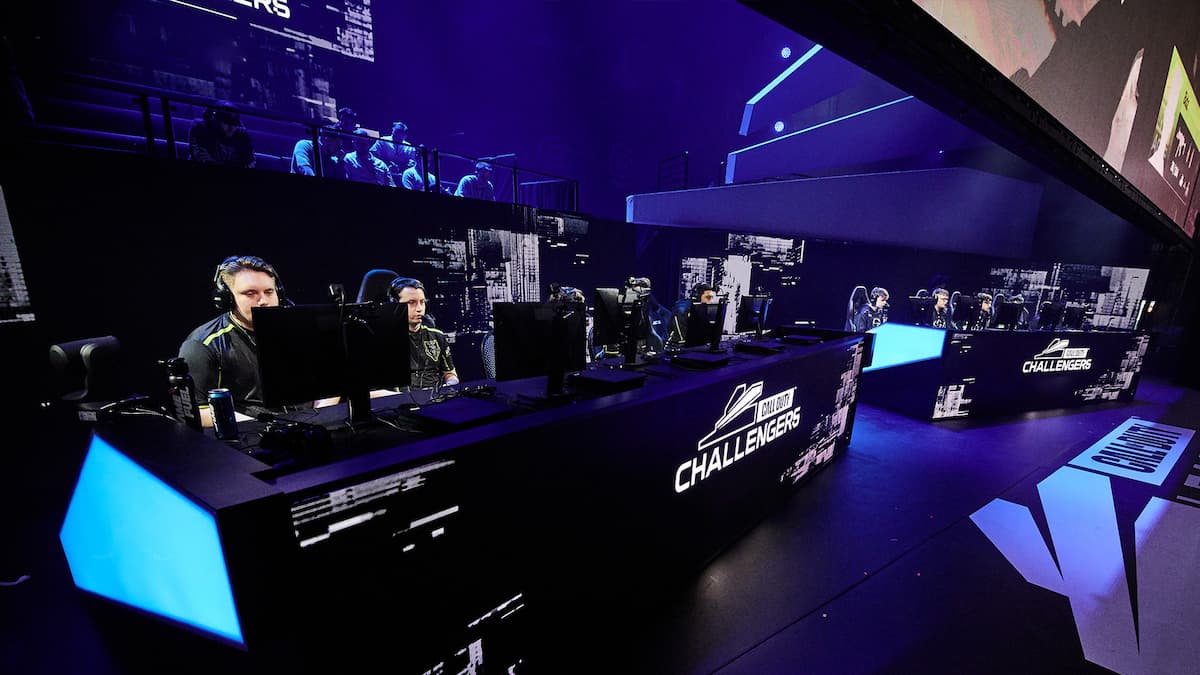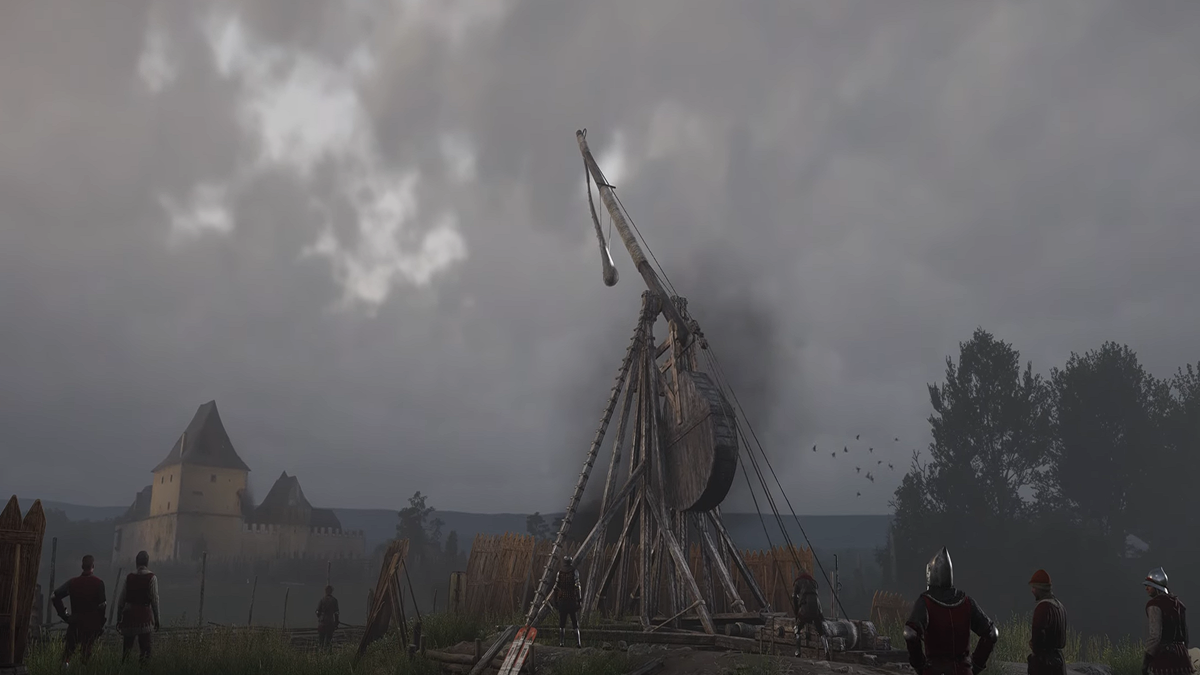Turning the Ultimate Summer Camp into a summer job
Danganronpa Decadence hit the Nintendo Switch last week, bringing four games in the despair-ridden universe to the portable console. Three of those are what you’d consider the classic Danganronpa experiences, mixing murder and mystery with broader narrative arcs. And then there’s the newcomer, Danganronpa S: Ultimate Summer Camp.
While the previous three Danganronpa games are adventure games, Danganronpa S: Ultimate Summer Camp sees the cast of those games and Ultra Despair Girls (a side game not included in Decadence) diving into a virtual summer training camp. Hijinks ensue, series antagonist Monokuma unleashes evil robotic Monobeasts across the islands, and the students set off to defeat robots and enjoy their summer.
Ultimate Summer Camp is an expanded version of the board game mode included with Danganronpa V3: Killing Harmony, mixing RPG combat with a tabletop format. The idea is you take individual characters, play them individually through a ‘run’ of the board game to level them up, then use those powered-up versions in a party to take on a challenge tower.
It’s a cycle that gets monotonous incredibly fast, though. And so when the gameplay falls away, all that’s left is the other focus of Danganronpa S: the fan service. There is a lot of it, and some of it’s even pretty good. But even that falls prey to the issues that plague Danganronpa S as a whole.
Danganronpa is no stranger to these ‘what-if’ experiences that allow characters to interact and hang out without the looming pressure of death and despair. Each of the Danganronpa mainline entries has its own carefree social sim mode, so you can spend time talking to characters that you didn’t hang out with in your proper run of the main narrative.
Danganronpa S expands this out across multiple games. Now the detective Kirigiri can hang out with Danganronpa 2‘s Hajime Hinata, or Gonta can share a laugh with Komaru Naegi. Some characters, like the main antagonist and source of much series despair, get really interesting recontextualizations in this light. Seeing them, or even the cruelly comedic Monokuma, enjoy a summer break together is the main draw.
The problem is that it happens far too sparingly, and takes a while to get there. At the outset, the only playable characters available are the protagonists of each game in the series. Outside of that crew, you’ll be rolling from one of several gacha machines for different variations of the characters, with different outfits and potential based on their rarity.
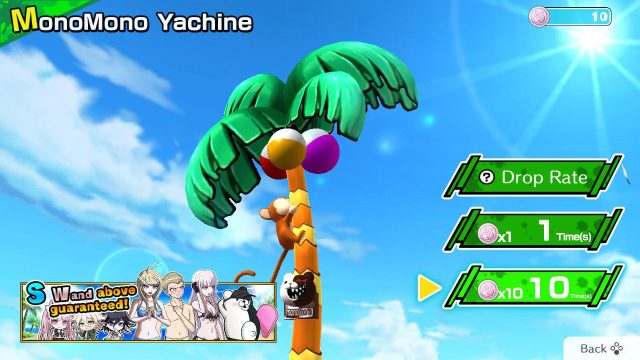
Putting gacha mechanics in a paid video game is already not a strong first impression. Then, you consider how many playable characters are in Danganronpa S, and their different variations too. It’s a lot to collect, through currency you earn by playing the game. You can, however, pay to directly purchase the card of a character you want; so if you want that super-rare version of Ibuki, for example, you can plunk down some cash in the eShop to get it.
It’s a bleak monetization model, especially considering how Danganronpa V3 before it took particular aim at the commodification of creative work. Someone playing this series for the first time would be understandably baffled to play the final case of V3 and then boot up Ultimate Summer Camp, and see the model laid out before them.
Even if you have the cards you want, you’re mostly at the mercy of die rolls to rack up events. Character interactions are earned through landing on special squares on the board, and I’ve already had a couple repeats in the few repeat runs I’ve done with characters. The events are largely text-based too, with special art seemingly reserved for either the cards (which have some wonderful guest art for the power-up Hype cards that unlock character potentials) or big story moments.
The board game section itself in Danganronpa S: Ultimate Summer Camp is fairly novel at first. I enjoy the idea of working my way around a board, building up my character, and eventually tackling the Monobeasts in big, turn-based bouts. The board design is really clever, making use of the island structure from Danganronpa 2: Goodbye Despair to lay out a fun and interesting world.
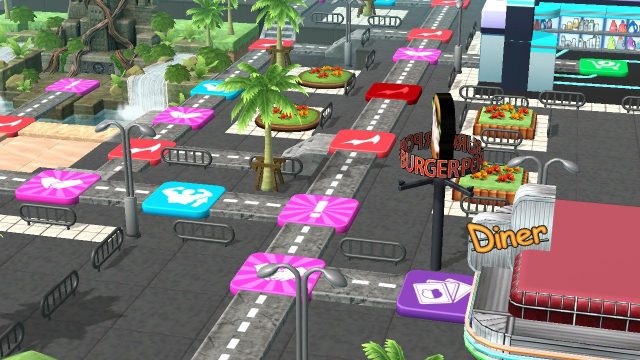
You aren’t really encouraged to stop and smell the roses, though. You only get a set number of turns to develop your single card, to best prepare them for a run in the tower later. Within a few runs I was already min-maxing the best route I could take across the board, sinking into repetition as I leveled up and moved on. The Auto function for battles stayed on most of the time.
And so most of my time with Danganronpa S: Ultimate Summer Camp has been just that: repetition. Pick a single player card to level up, beat as many Monobeasts as I can in one run, check the achievements to see how many coins I got, roll the gacha. Go to the tower, build my party, see how high up I can go, check the coins, roll the gacha.
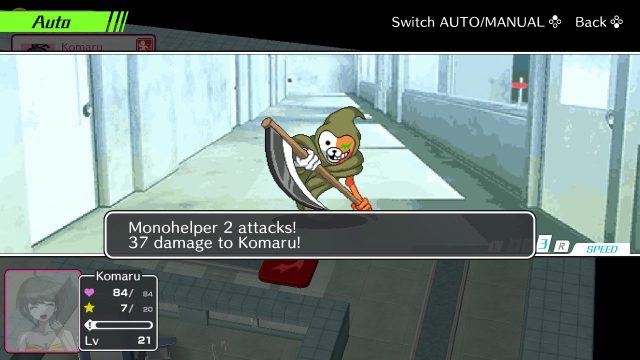
Despite this, I’m still playing it. I like these characters enough that seeing them interact and hang out is its own reward, and I’m somewhat bullheadedly set on getting cards for my favorite characters before I drop it. But even then, I’m not really paying attention to what’s going on. I’m hitting Auto, island hopping, and making occasional choices, building up more rolls as I watch something on another screen. I’m playing more runs I don’t have much vested interest in, so I can get a chance at seeing the characters I like roll out of a machine.
It just feels cold, and not in the despair-inducing way that makes the Danganronpa series one of my favorites in the adventure genre. The board game itself isn’t very appealing after a few go’s, and while there are fun fan-service chats and crossovers, they’re fleeting and locked behind either chance or cash. If this was a free game, I might feel a bit more lenient, and maybe even consider kicking in a couple bucks just to get some of the Ultimates I really like.
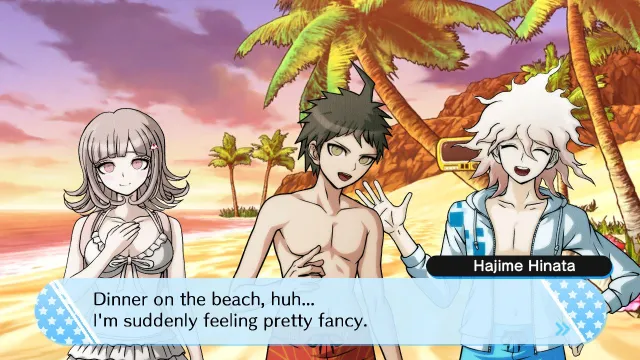
But as a $19.99 standalone, or part of the full Decadence package, it feels tacked on. Danganronpa S: Ultimate Summer Camp is tedious, and doesn’t feel interested in getting you to the reason you’re playing it in the first place at a reasonable pace. I’d rather spend my time building up hearts in the other three games, or even replaying their excellent stories.
It’s on the Switch, docked next to my couch, so there’s a very strong possibility that I’ll boot this up every now and then when I feel like watching a long-form YouTube essay or something. But Danganronpa S: Ultimate Summer Camp doesn’t do enough to pull my attention fully onto itself. Hopefully this isn’t a portent of despair for the series’ future.

